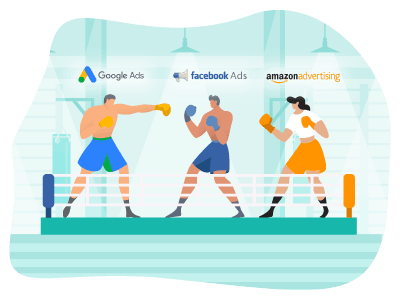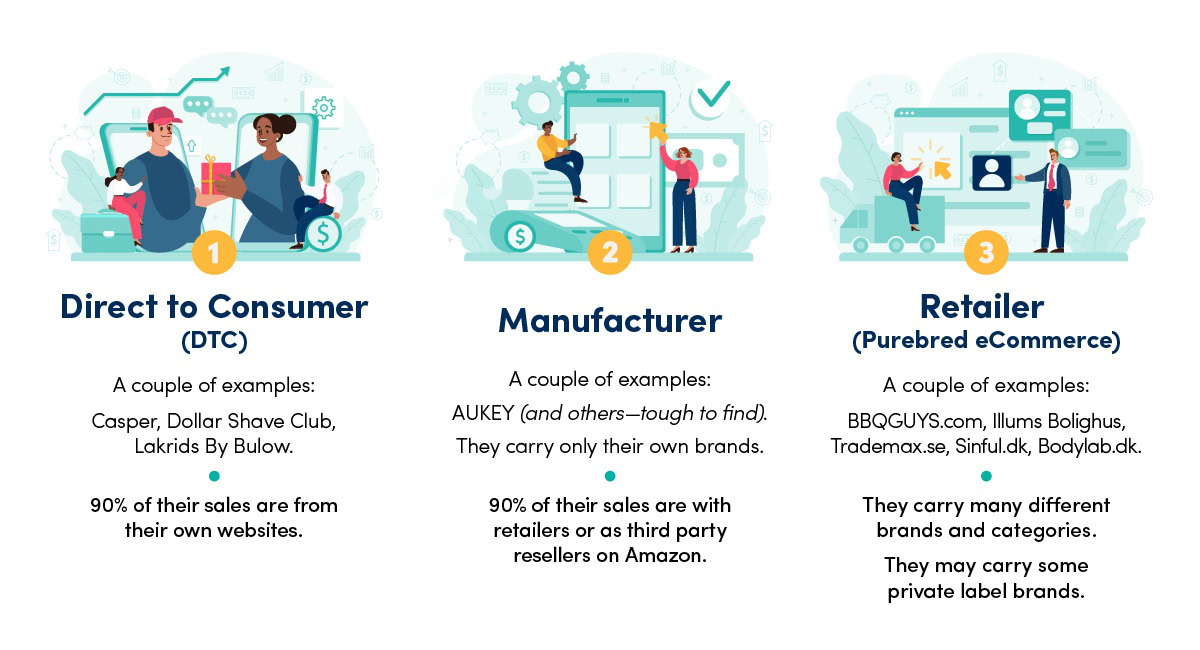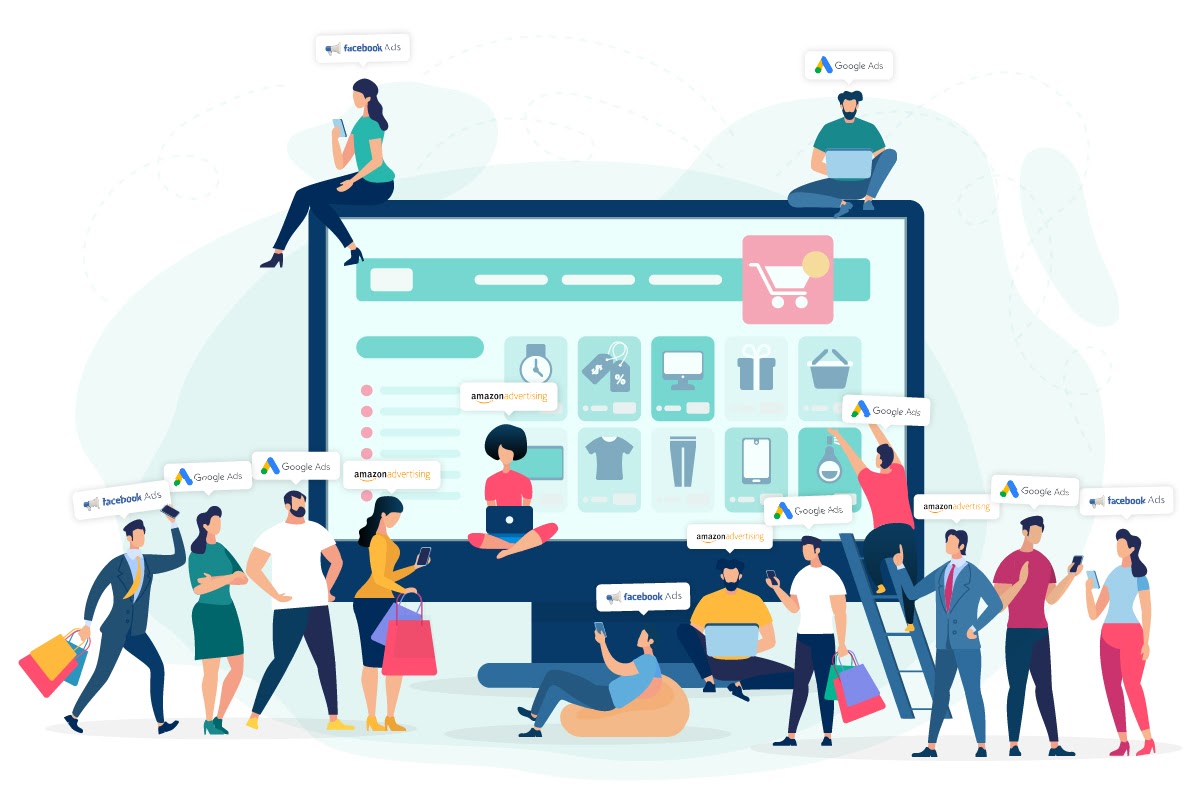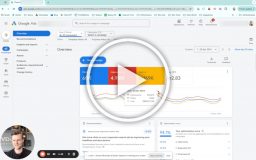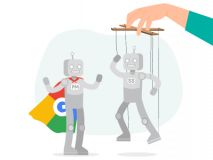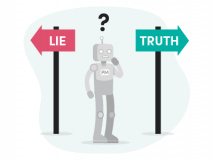What’s this? A Google Ads person who has bewildered himself into talking about something other than Search?
The truth is, we don’t just do Google Ads. It’s our bread and butter and our competitive edge. No doubt. But what is also a competitive edge is our insights into the eCommerce world. We hate to be pigeonholed as a Google Ads agency. We can talk with advertisers about so much more than just Google Ads.
We regularly discuss logistics, SEO strategy, pricing, profit optimization, vendor reviews, and much more. We’re even included in one of our client’s ongoing feuds with a competitor, who is suing our client.
We’re many places inside our eCommerce bubble, and that’s because we only work with eCommerce. We are deep in the trenches, and we keep an open mind.
We know Google Ads isn’t the mother of all advertising for everyone, which sounds odd for a Google-Ads-focused agency to say. Or maybe not. Many agencies say it, but they don’t act it out in their day-to-day.
This is an article I’ve been wanting to write for a long time.
A large portion of our clients are from Scandinavia, and with the “arrival” of Amazon (welcome to Sweden!) many don’t really know what to think. Some consultants are preaching that everyone should be on Amazon (not really).
I see advertisers across the continents on which we work being confused about why Facebook Ads or Google Ads are being touted as the best thing since sliced bread, but they can’t seem to get one or the other working for their businesses.
In Europe, almost no one can really put a finger on what Amazon Advertising is. Many seem to think it’s just another search engine because they hear that 50% of all product searches in the US start on Amazon.
Does that make Amazon a search engine? Maybe.
But it’s not search advertising (better known as SEM).
The fact is that these three different marketing channels cater to different business models.
Yes, there is definitely some overlap, but, at the beginning, it’s not always that big of an overlap.
Therefore, I’ve written an overview of when you should focus on Facebook, Amazon, and Google and when you should start overlapping.
But first—let’s talk about the three different types of eCommerce businesses as I see them.
Three Different Types of eCommerce Players
- Direct to Consumer (DTC)
- Manufacturer
- Retailer (Purebred eCommerce)
A couple of examples:
- Direct to Consumer (DTC)
- Casper, Dollar Shave Club, Lakrids By Bulow.
- 90% of their sales are from their own websites.
- Manufacturer
- AUKEY (and others—tough to find).
- They carry only their own brands.
- 90% of their sales are with retailers or as third party resellers on Amazon.
- Retailer (Purebred eCommerce)
- BBQGUYS.com, Illums Bolighus, Trademax.se, Sinful.dk, Bodylab.dk.
- They carry many different brands and categories.
- They may carry some private label brands.
Once an eCommerce player has been around three to five years, it’s not uncommon to see it venturing out of its original category. It becomes a hybrid kind of eCommerce player.
Now, you can find Casper products at Target and on Amazon, but, for many years, you could only buy them from the Casper website.
Bodylab and Lakrids by Bullow started in retail stores as manufacturers, but they have since opened their own stores and are now aggressively DTC.
Sinful started as a traditional online retailer but has created a very successful line of private label products, which it sells online. Hence, it has turned into a manufacturer.
Just because you start in one place doesn’t mean you have to stay in that corner forever.
Three Types of Players, Three Different Marketing Channels
This is where the confusion comes in because, for many years, all eCommerce players have been lumped together into one category: eCommerce.
That’s just not how it works in real life. ECommerce is not just eCommerce. There are different players, as I have listed, and each channel works best for individual players.
- DTC brands have really benefited from Facebook Ads.
- Manufacturers have received a direct line to one of the biggest consumer markets in the western world through Amazon.
- Retailers have, since the early days of the internet, been using Google Ads to target consumers interested in the products they carry.
There are, of course, exceptions. Some of our largest DTC clients were built on Google Ads. But some of them started before Facebook Ads were effective. (Yup, I’m that old; I worked online BEFORE Facebook Ads were effective.)
And we’ve seen several retailers with great success on Facebook but with marginal revenue from Google Ads.
One thing doesn’t exclude the other, but it’s worth knowing what channels work best for your particular situation before you start wondering why Google Ads doesn’t work for you.
How Each Channel Suits an eCommerce Player
Facebook Ads
The algorithm behind Facebook Ads is phenomenal in showing the right ads to the right people.
This makes Facebook Ads perfect for narrow product companies early on.
It’s almost as if the narrower your product line is the better. It means you can be laser focused on content and your target audience—two factors that are favored by Facebook Ads.
The other huge advantage of Facebook Ads is the creativity you can serve. You get 15–30 second videos, media rich images, comments, text, and more. You can show your product much better on Facebook than you can with Google Ads.
Google Ads
Google Ads is favored by retailers that carry a lot of different products. The more products you have, the broader of a net you can cast in Google.
That’s a vague way of saying that you can bid low for a lot of different keywords and still get a significant amount of traffic.
If you have 100 products in two to three categories, you need to own those categories in Search. You have to be placed number one, two, or three every time somebody searches for your category. This results in high CPCs, which then requires your conversion rate to be high—a tough task for newly started eCommerce businesses.
Amazon Ads
I’ve heard some manufacturers/brands talk about Amazon like it’s the holy grail—as if it’s something brand new.
But, essentially, Amazon is just a massive retailer. The value of a product getting into Target, Walmart, Bed Bath and Beyond, Lowes, etc., is huge.
Amazon is just another one of these—though it does handle about half of all eCommerce transactions in the US, so it is very big.
Amazon differs from the other retailers in that it has opened its platform to third party resellers—meaning that you don’t have to wait for a purchaser at Target (or Amazon) to “discover” you. You simply upload your products to Amazon, and you’re good to go (wildly simplified, yes). There are several hoops to go through, but they’re well within your own area of control.
ECommerce Players Grow Up, and Start Overlapping
To make it all even more confusing, we see eCommerce players overlapping a lot as they become bigger.
The retailer who couldn’t get Facebook Ads performing adequately in the early days will “suddenly” run high performing performance/branding campaigns on Facebook.
A DTC brand has suddenly become a household name in its category, so owning its main keywords (i.e., beds & Casper) in Google Ads has become a priority.
A manufacturer got tired of dealing with retailers, started its own eCommerce store, and began dominating its category in Search.
There are numerous examples of eCommerce players growing and tapping into other channels in which they couldn’t have found any success at the beginning.
So, What’s the Lesson Here?
I chose to write this article because I felt there was a misunderstanding concerning why some channels work for some advertisers but not for others.
People seem to feel the need to jump into a channel just because other companies, with which they are “familiar,” are also doing it.
Don’t get tricked into that.
Identify your strengths and weaknesses.
Then, start with the channel that fits your business.
I’ve focused on three channels today:
- Facebook Ads.
- Google Ads.
- Amazon.
But they merely represent types of eCommerce players.
If you choose to focus on Google Ads, SEO is an obvious supporting channel that shouldn’t be ignored.
Email should be the cornerstone with which everyone in eCommerce works.
Facebook Ads is not equal to all social media ads. YouTube can be a great supporting channel here as well (although it’s not as performance-driven as Facebook Ads).
